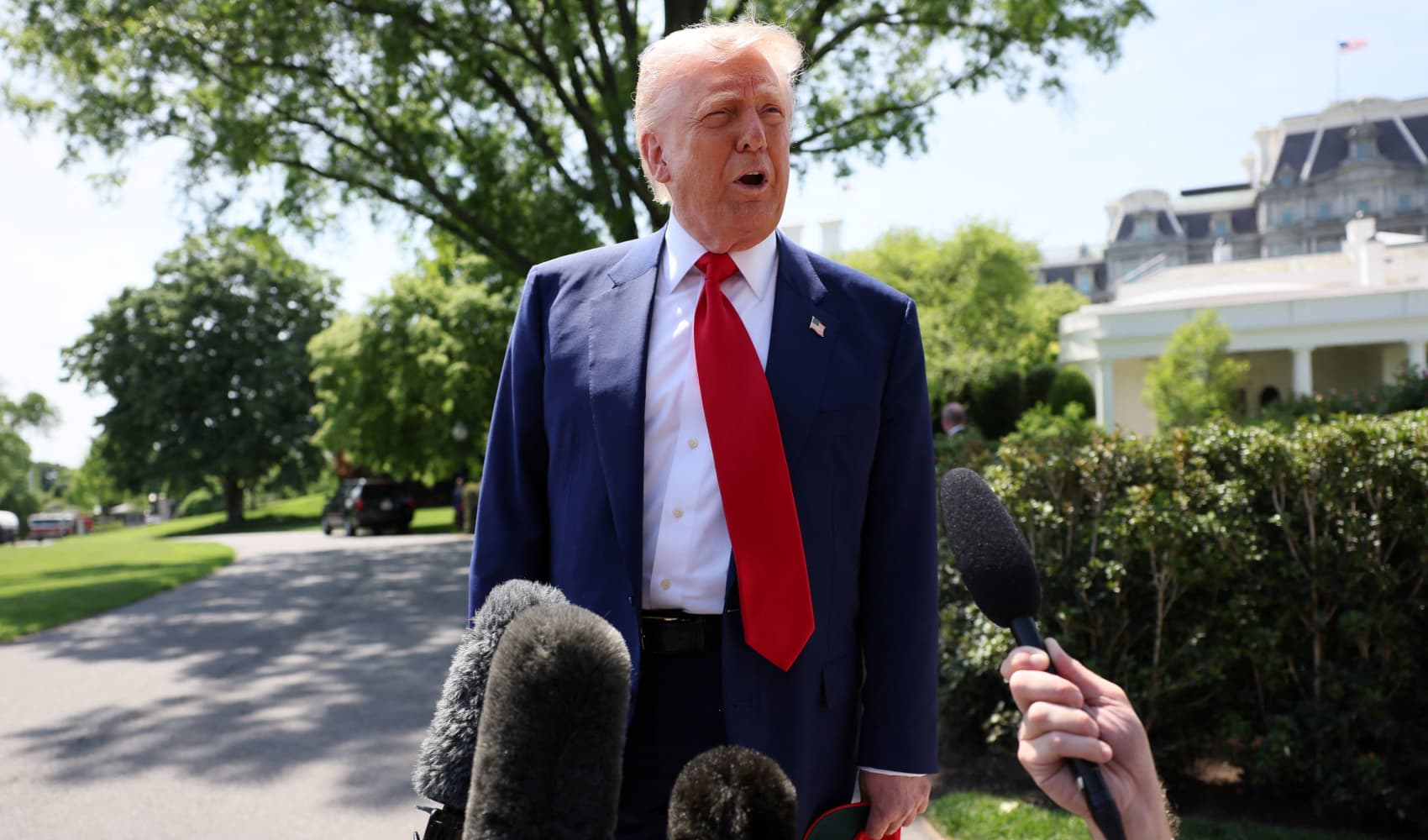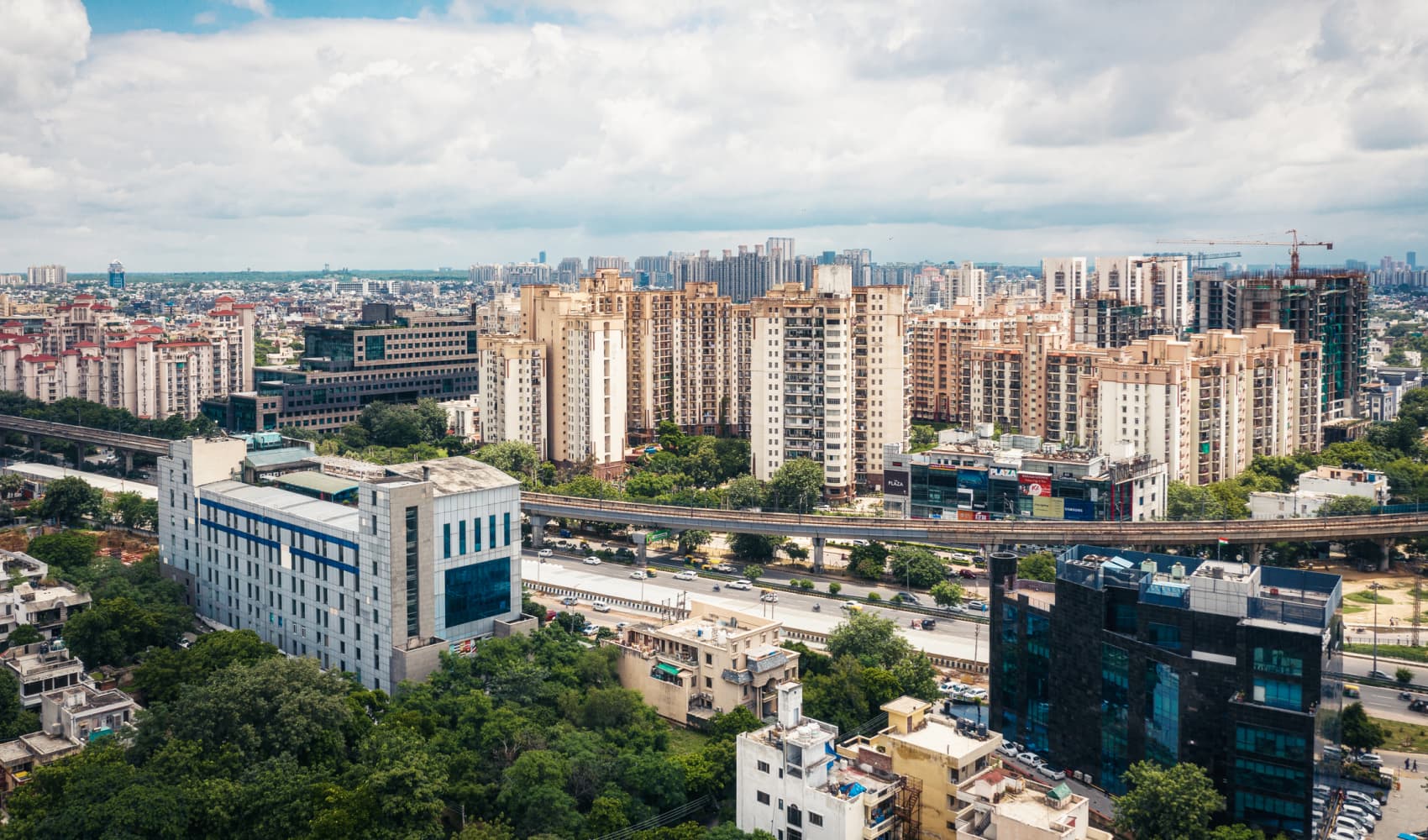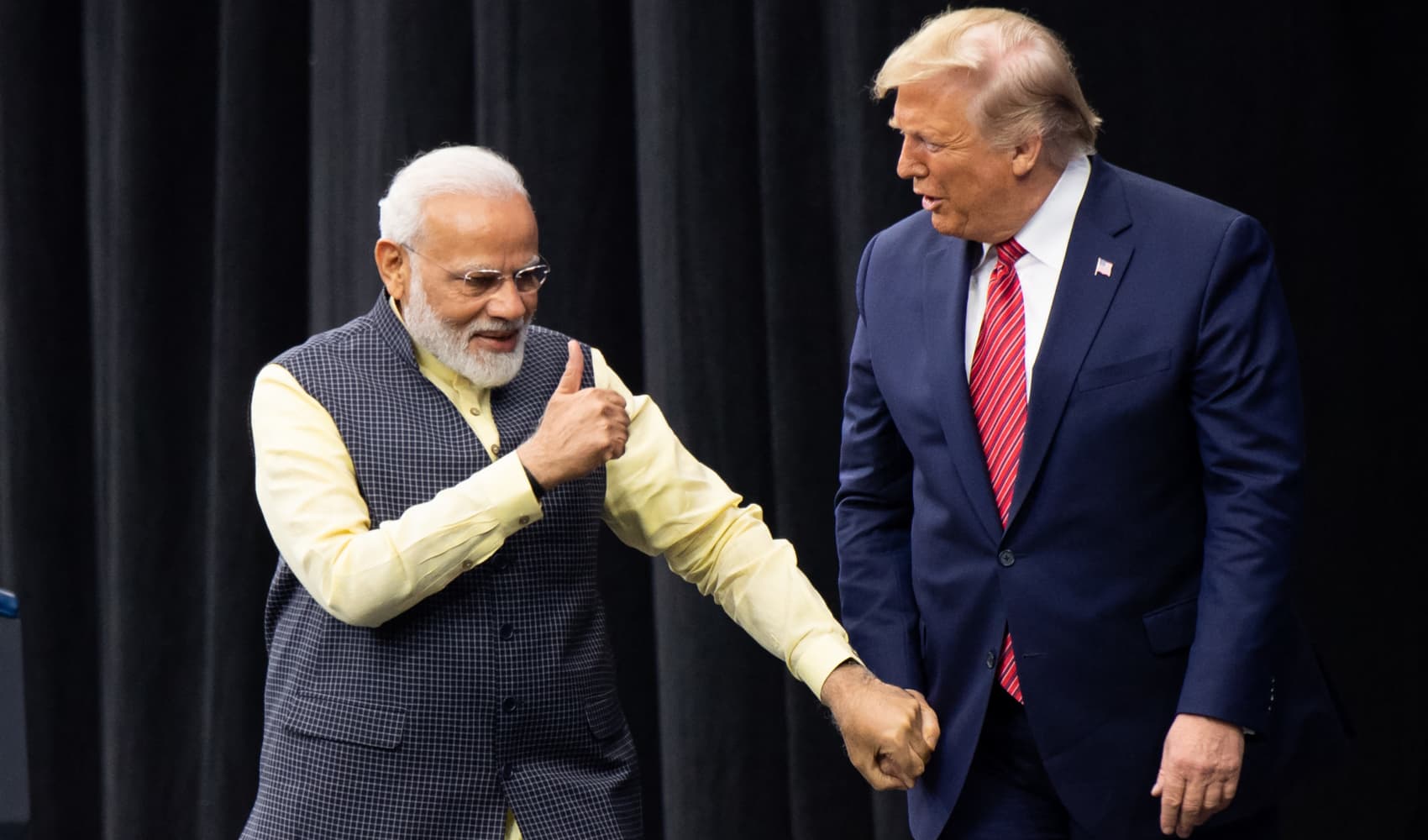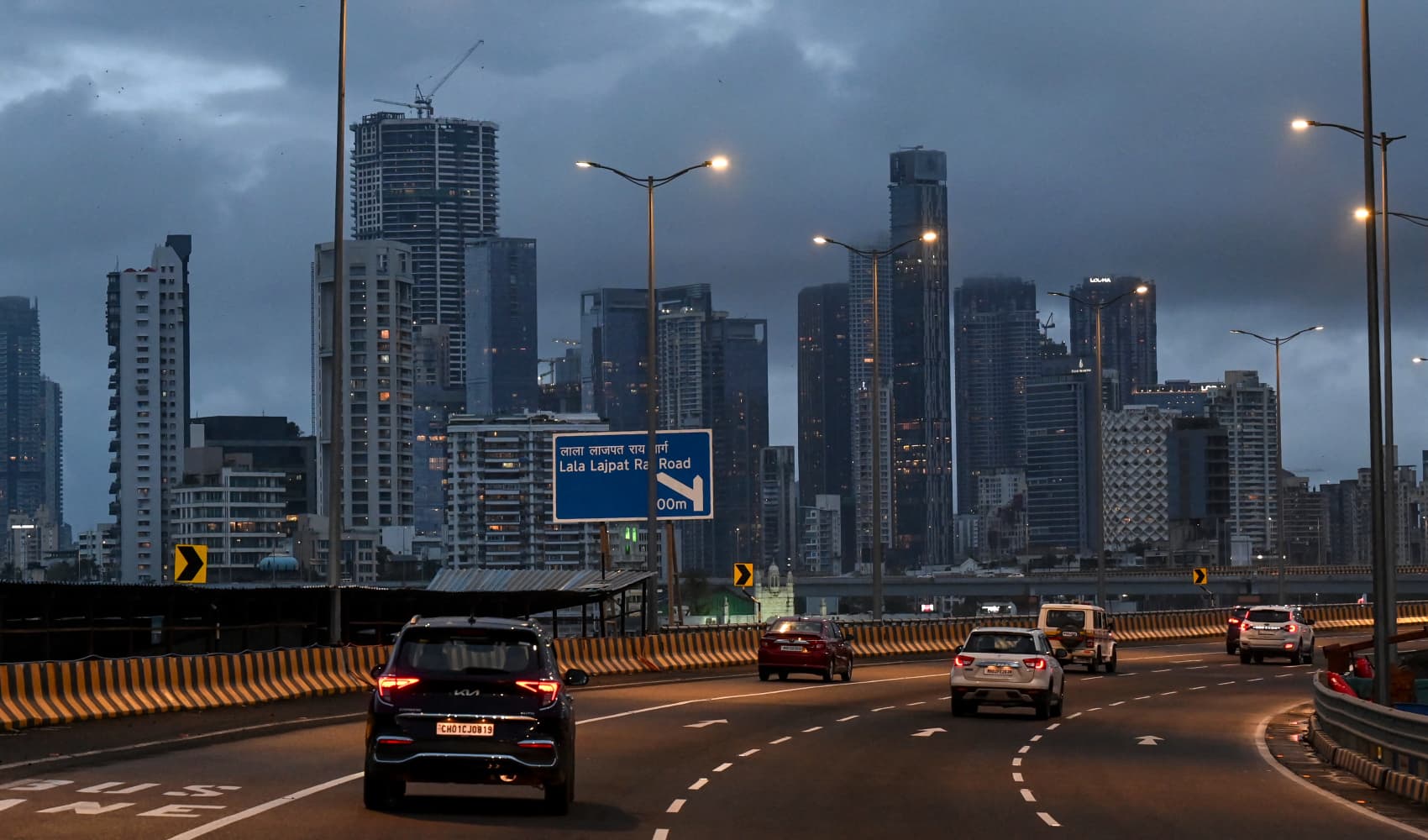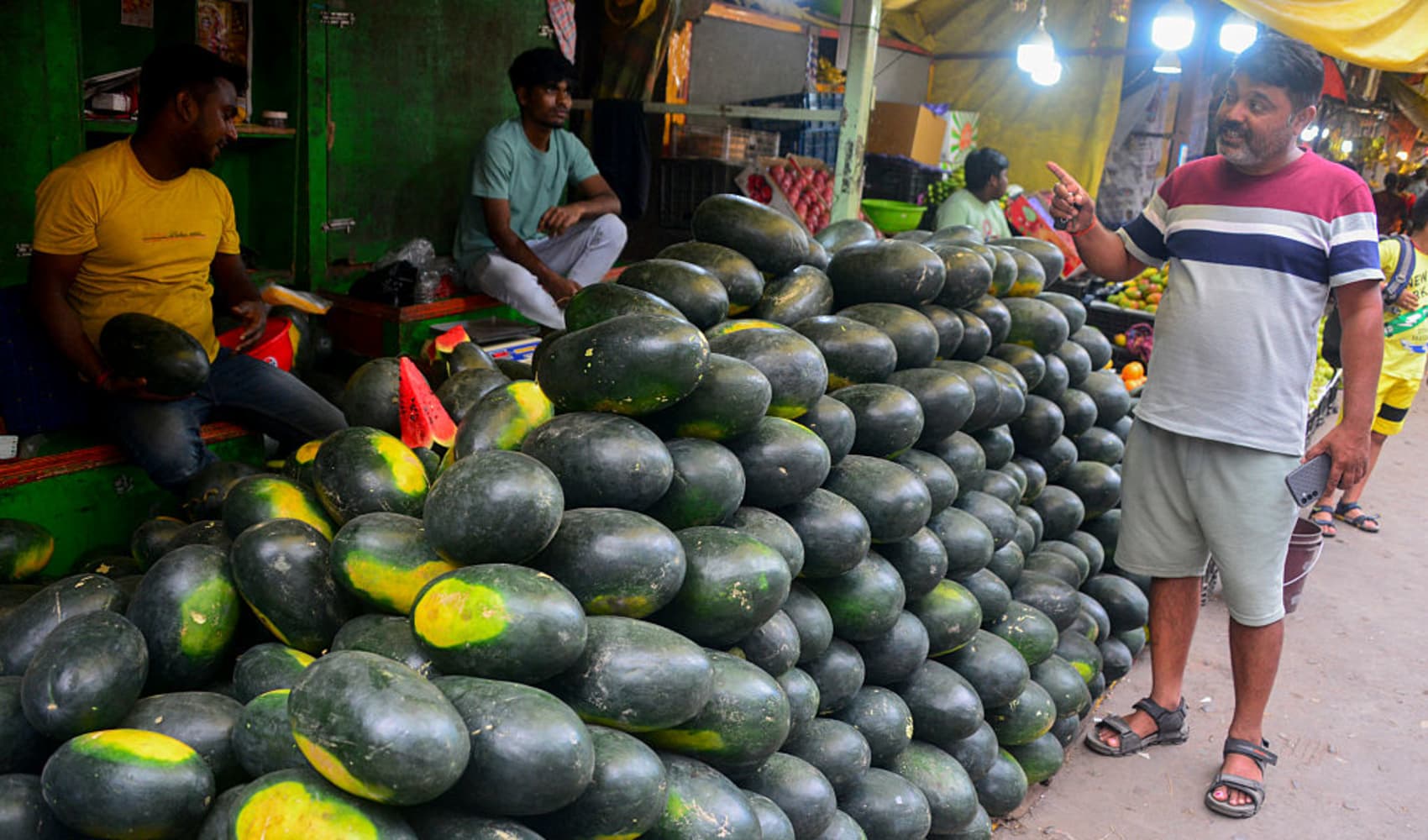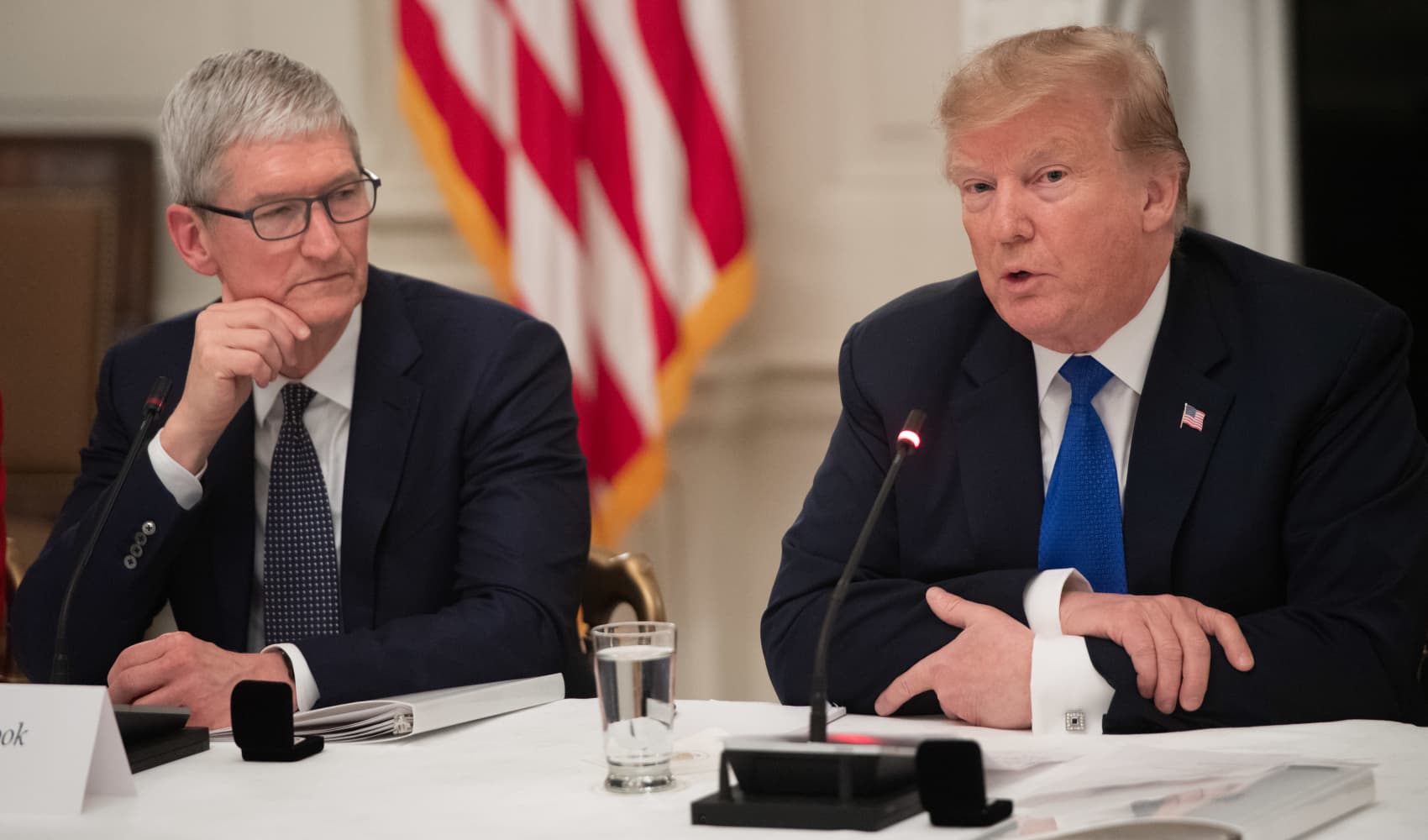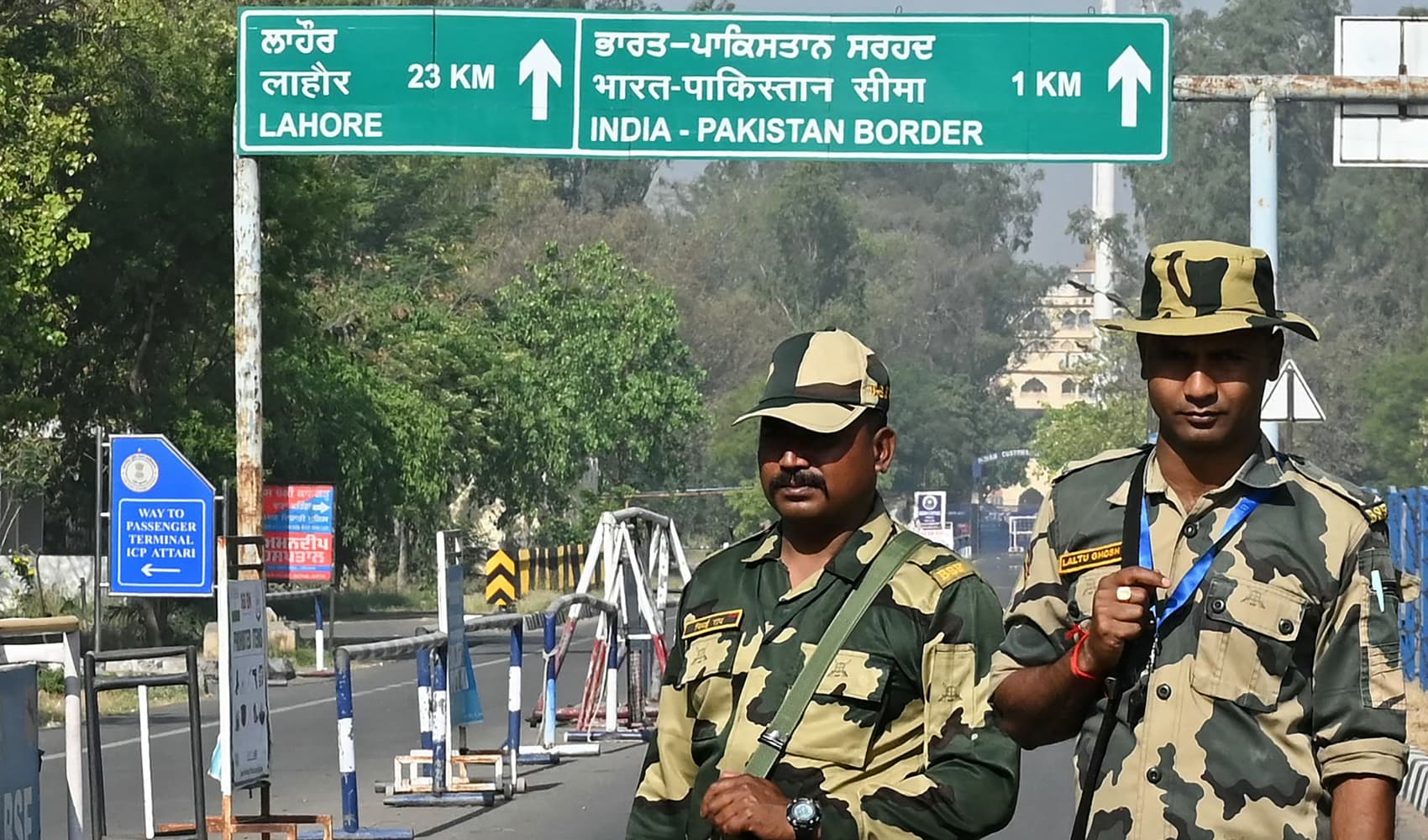US India Trade Deal: Trump's Optimistic Prediction Revealed
Trump's Tariff Tango: Is a US-India Trade Deal on the Horizon?
Introduction: A Glimmer of Hope for Trade Harmony
Could a trade deal between the United States and India finally be within reach? According to former President Donald Trump, the answer is a resounding yes. He believes a deal is in the works, and that’s big news for both economies. But what does this really mean? Is it just wishful thinking, or are there concrete steps being taken towards a mutually beneficial agreement? Let's dive in and explore the possibilities.
Trump's Optimistic Outlook on Trade
Trump's assertion that a trade deal with India is imminent carries significant weight, given his past involvement in trade negotiations and his reputation for being direct and, let's say, enthusiastic. His comments, paired with statements from officials like former Treasury Secretary Scott Bessent, suggest a level of progress that deserves attention. Is this optimism justified, or is it a negotiating tactic? Only time will tell.
Weighing the Credibility: More Than Just Talk?
While Trump's words alone don't guarantee a deal, they do signal a potential shift in trade relations. We need to examine the context, the underlying negotiations, and the potential benefits for both countries. After all, talk is cheap, but a signed agreement is priceless!
Scott Bessent's Confirmation: A "Closing In" Scenario
Former Treasury Secretary Scott Bessent added fuel to the fire by suggesting that the U.S. is "closing in" on a trade deal with India. This corroboration from a key economic advisor lends more credence to Trump's claims. Bessent's words suggest actual progress beyond mere discussions. It's like seeing the finish line after a long marathon; you're not there yet, but you're close.
Beyond India: Deals with Japan and South Korea?
Bessent also hinted at "substantial talks" with Japan and the potential for a deal with South Korea. This wider context implies a broader strategy of trade realignment and negotiation, with India as a key piece of the puzzle. It begs the question: are these individual deals, or part of a larger, more comprehensive plan?
Why a US-India Trade Deal Matters
A trade deal between the U.S. and India isn't just a headline; it's a potentially transformative economic event. Here's why it's so important:
Economic Powerhouses Colliding
India is the world's most populous country and one of the fastest-growing major economies. The U.S. remains the world's largest economy. Combining these two economic giants through a trade agreement would create massive opportunities for both nations. Think of it as merging two rivers into a mighty ocean.
Market Access: A Two-Way Street
A trade deal would likely lower tariffs and other barriers, opening up greater access for U.S. companies to the vast Indian market, and vice versa. American businesses could sell more goods and services to India's burgeoning middle class, while Indian companies could expand their presence in the U.S. market. This is a win-win scenario, in theory.
Geopolitical Implications: Strengthening Ties
Beyond economics, a trade deal could strengthen the strategic partnership between the U.S. and India, two democracies with shared interests in the Indo-Pacific region. It's about more than just money; it's about building a stronger alliance in a complex world.
The Key Issues at Stake
Trade deals are never simple. There are always sticking points and areas of disagreement. Here are some key issues that will likely be at the forefront of any US-India trade negotiation:
Tariffs: The Elephant in the Room
Tariffs are taxes on imported goods, and they've been a major point of contention between the U.S. and India for years. Reducing or eliminating tariffs is often a central goal of trade agreements. Will both sides be willing to compromise on tariffs to reach a deal?
Intellectual Property: Protecting Innovation
Intellectual property (IP) rights are crucial for protecting innovation and encouraging investment. The U.S. has often pushed for stronger IP protections in trade deals, while India has sometimes been hesitant to adopt stricter standards. Finding common ground on IP will be essential.
Agricultural Access: Leveling the Playing Field
Agricultural trade can be sensitive, with both the U.S. and India having strong agricultural lobbies. Negotiations will need to address issues such as market access for agricultural products and sanitary and phytosanitary standards. Can they agree on fair rules for the game?
Services Trade: The Digital Frontier
Services, such as IT and consulting, are a major part of both the U.S. and Indian economies. A trade deal could address issues like cross-border data flows and professional licensing, further facilitating trade in services. This is where the future of trade lies.
Challenges and Obstacles to a Deal
Despite the optimism, there are challenges and potential obstacles that could derail a US-India trade deal. We need to be realistic about the hurdles ahead.
Political Considerations: Domestic Pressures
Both the U.S. and India face domestic political pressures that could make it difficult to reach a consensus on trade. Politicians need to balance the interests of various stakeholders, including businesses, workers, and consumers. It's a delicate balancing act.
Economic Disparities: A Matter of Fairness
The U.S. and India have vastly different levels of economic development. Some argue that a trade deal must take these disparities into account to ensure that it benefits both countries fairly. It's not just about maximizing profit; it's about creating a level playing field.
Geopolitical Tensions: The Bigger Picture
Geopolitical tensions, such as the ongoing conflict in Ukraine and rising competition between the U.S. and China, could also impact trade negotiations. These broader factors can create uncertainty and complicate the process. The world doesn't exist in a vacuum, and neither do trade deals.
Potential Benefits for Both Sides
Despite the challenges, the potential benefits of a US-India trade deal are significant. Let's consider the potential gains for both nations.
Boosting Economic Growth: A Shared Prosperity
A trade deal could boost economic growth in both the U.S. and India by increasing trade, investment, and innovation. This could lead to job creation and higher living standards for citizens in both countries. It's like adding fuel to the engine of the economy.
Strengthening Supply Chains: Diversification is Key
A trade deal could help diversify supply chains, making both countries less reliant on any single source for goods and services. This is especially important in a world of increasing geopolitical uncertainty. Don't put all your eggs in one basket.
Promoting Innovation: A Catalyst for Progress
Increased competition and collaboration could spur innovation in both the U.S. and India. Companies would be incentivized to develop new products and services to compete in the global market. It's like a race to the top, where everyone benefits.
The Road Ahead: What to Expect
So, what can we expect in the coming months and years regarding a US-India trade deal? Here's a possible roadmap:
Continued Negotiations: A Long and Winding Road
Negotiations are likely to continue, with both sides working to address their respective concerns and find common ground. This could be a long and complex process, with plenty of twists and turns. Patience is key.
Interim Agreements: Small Steps Forward
It's possible that the U.S. and India could reach interim agreements on specific issues before concluding a comprehensive trade deal. These smaller steps could pave the way for a larger agreement down the road. Rome wasn't built in a day.
Political Will: The Deciding Factor
Ultimately, the success of a US-India trade deal will depend on the political will of both governments. Leaders must be willing to make compromises and prioritize the long-term benefits of a deal over short-term political considerations. It all boils down to leadership.
Conclusion: A Promising but Uncertain Future
Trump's pronouncements and Bessent's comments certainly suggest that a US-India trade deal is a possibility, perhaps even closer than we think. The potential benefits for both countries are immense, but significant challenges remain. Whether this optimism translates into a tangible agreement remains to be seen, but it's definitely something to watch closely. This deal would dramatically change the global trade landscape. Let's hope that both sides can find a path to mutually beneficial prosperity.
Frequently Asked Questions (FAQ)
- What are the main sticking points in US-India trade negotiations?
Key issues include tariffs, intellectual property rights, agricultural access, and services trade. Each side has specific priorities and concerns in these areas.
- What are the potential benefits of a trade deal for the US economy?
Increased market access to India's large and growing consumer base, boosting exports and creating jobs in various sectors. The deal could also strengthen supply chains and promote innovation.
- How would a trade deal impact Indian businesses?
Easier access to the U.S. market, leading to increased exports and investment opportunities. It could also spur innovation and modernization in Indian industries.
- What role does geopolitics play in US-India trade relations?
Geopolitical factors, such as the strategic partnership between the US and India in the Indo-Pacific region, can influence trade negotiations and provide additional incentives for cooperation. Shared security interests can facilitate trade deals.
- How likely is a US-India trade deal to happen in the near future?
While there's optimism, the likelihood depends on several factors, including the political will of both governments, the ability to address key sticking points, and the overall geopolitical climate. It remains uncertain but possible.
